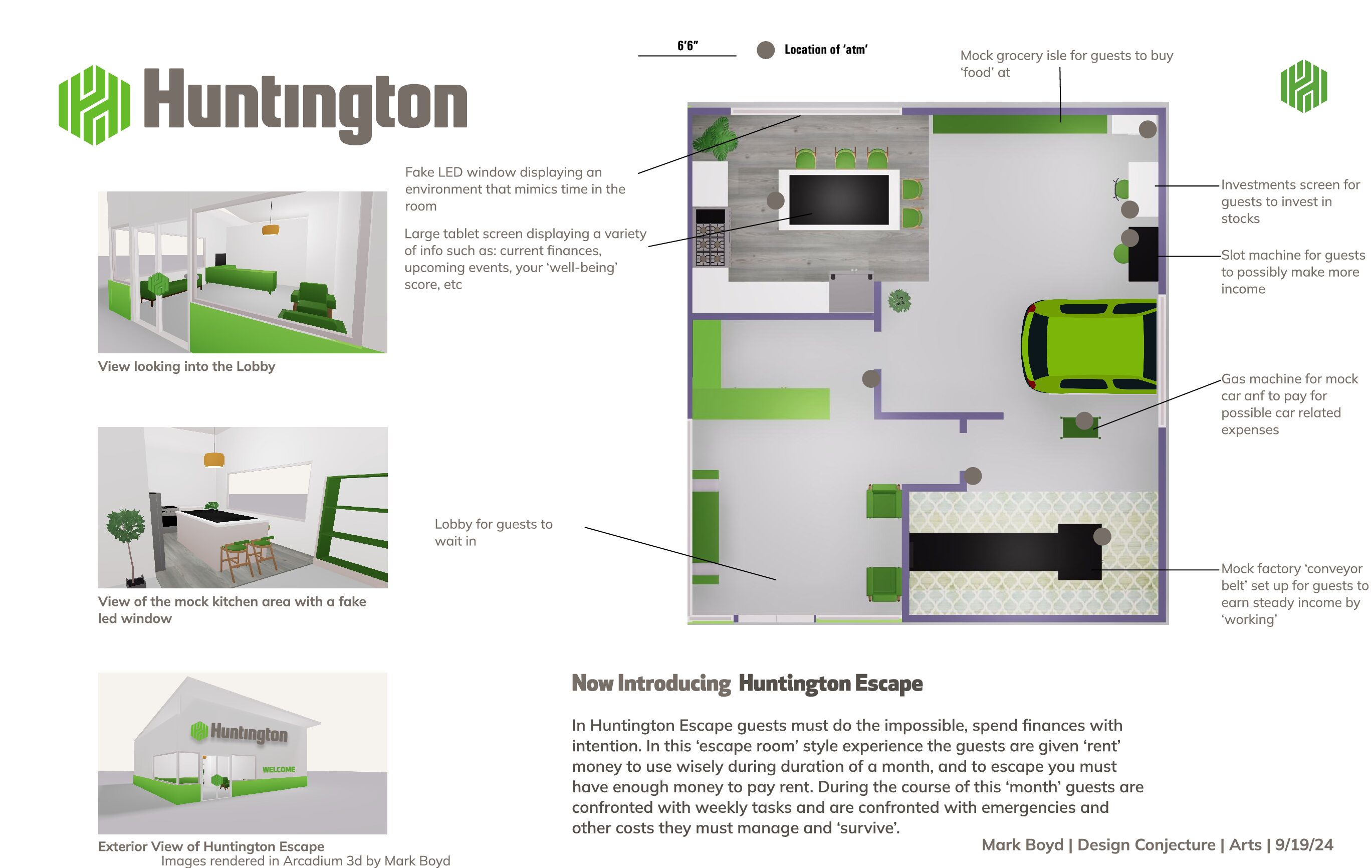Forge, March 15, 2017
https://www.forgemag.com/articles/84597-the-history-of-blacksmithing
“Who has a more personal connection to high-temperature metals processing than the blacksmith?
Do you think blacksmiths no longer exist? Think again. This field is experiencing a bit of a resurgence as people look for a craft with an artistic component that can provide a usable product for those who are looking for something out of the ordinary.”
“In the 16th century, cast iron came into greater use. A Frenchman named Jean Tijou introduced the art of decorative blacksmithing in the late 17th century. The flair seen in today’s art is, at least in part, due to the early work of this smith. Most blacksmiths are drawn to the art of the trade versus its utility. The uniqueness of the goods produced by today’s blacksmiths is what attracts buyers.”
Mitch: This is the first mention I’ve seen as to the artistic roots of blacksmithing. In particular artistic flair mainly being attributable to 16th century France, and an individual named Jean Tijou was news to me, his action was a direct response to the mass produced cast iron that was beginning to displace the smith. The evolution of industries to technological forces is compelling, facing increasing irrelevancy blacksmithing found a new and distinct expression and way to continue to serve society. One of the points of the article that really stuck with me was the fact that in an age of sameness and uniformity of products, the uniqueness of handmade metalwork attracts people and is an art in it’s own right. I chose this article because it encapsulates some of the tacit knowledge and intimacy with materials that blacksmiths have traditionally possessed. Additionally I found the contrast between mass production and the uniqueness of artisan objects being interesting in the context of tools fitted for the individual.




